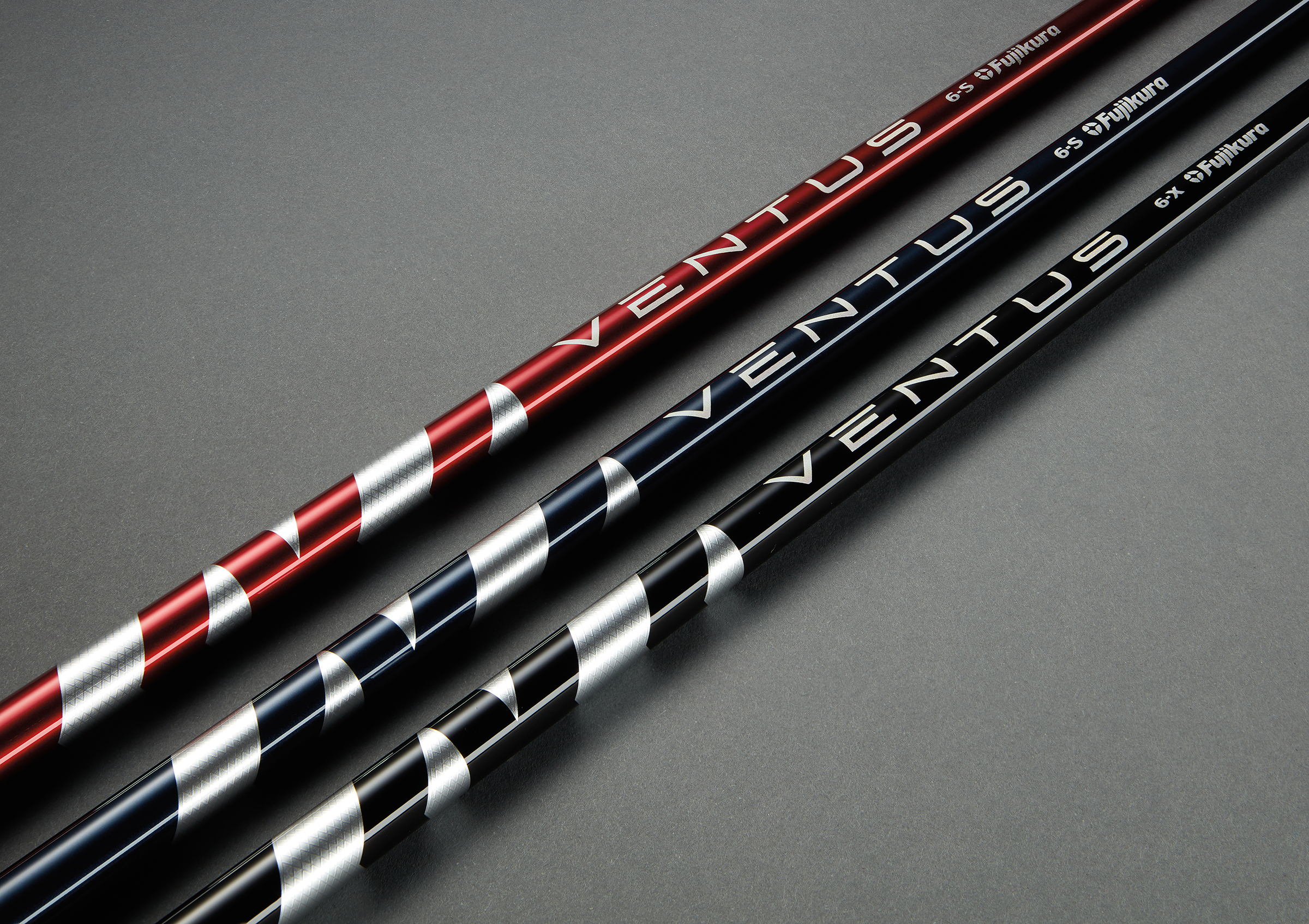What Shaft Flex Should I Use?
We take a look at how you can decipher what shaft flex you should be using in your golf clubs...


One of the most popular questions we get is in relation to shaft flex. What should I use? Should I be regular or stiff? Should I have the same shafts in my woods and irons?
We have looked to answer all of these questions and more in this piece because getting the right shafts in your clubs could be the thing to help your golf game to the next level.
What Shaft Flex Should I Use?
As a former club fitter, there are a number of different factors that go into determining the optimal shaft flex for a player. The first and most obvious one of those factors is club speed. As a basic rule of thumb, the faster a player swings the club, the more load is placed on the shaft, and as such stiffer shafts are required to stabilize the club head.
If a player is using a shaft that is too flexible for them, they are likely to be sacrificing some control and as such may see higher dispersion patterns. Conversely, if a player is using shafts that are too stiff for them, they will likely sacrifice some potential distance from the shaft not loading and subsequently unloading optimally. Furthermore, feel will be comprised, with players generally experiencing a 'dead' or 'boardy' feel when shafts become too stiff.

Launch monitors are excellent tools to establish swing speed and potential shaft flex
To measure swing speed, all of the best launch monitors and many of the best portable launch monitors will provide a club head speed reading.
However, speed is only half of the story. Tempo plays a huge part in determining flex also, in particular the tempo of the transition from backswing to downswing.
For example, a player like Fred Couples, who has a silky smooth and slow transition, could play just about any flex he wants as he does not put the shaft under much load at all during that crucial part of the swing. Instead, he builds speed smoothly, and gradually. So while his speed would warrant X flex, his tempo does not demand it.
Subscribe to the Golf Monthly newsletter to stay up to date with all the latest tour news, equipment news, reviews, head-to-heads and buyer’s guides from our team of experienced experts.


Colin Montgomerie was much the same. I was fortunate enough to work at the custom fitting facility Montgomerie used for his equipment testing and was even more fortunate when he brought in a Callaway Steelhead fairway wood that had previously been in his bag for years. Upon frequency testing the shaft of the 3 wood, it became apparent that it was essentially somewhere around a Senior or Ladies Flex shaft. But once again, because of his smooth transition, the flex was less important.
A good custom fitter will be able to not only identify your speed, but also compliment that with a shaft that suits your individual tempo.
Can my irons be a different flex to my woods?
This can be beneficial in some cases. The actions and speeds required for irons and woods are significantly different and as such, shaft flexes and optimal profiles can vary between these areas of the bag. Again this will depend on the individual player and their particular playing style. For example, if you are a player that very rarely swings full out with an iron, preferring to hit knockdown and half shots, you will likely be putting less load on the shaft, and as such a different flex may be required. It is common practice on professional circuits for example for players to use softer flex shafts in their wedges than their iron sets for the same reason.
Shaft flexes and profiles are a complex topic and as such we would always recommend seeking out a PGA Professional to find the best options for your individual swing.
What Is A Bend Profile?
No shafts, even of the same flex are born equal. They will all have their own individual bend profiles which will determine how they feel and ultimately perform, So what is a bend profile? Well, essentially a bend profile is a guide as to which areas of the shaft are stiffest or softest. For example, you can get a stiff flex shaft that is exceptionally stiff in the tip section but relatively soft in the handle section and vice versa, and that's before we even mention the mid-section.

The Fujikura Ventus range provides three very different bend profiles
Controlling these areas is how manufacturers create the performance characteristics of golf shafts. As a general rule of thumb, the stiffer the tip section, the lower the launch and spin will be. The butt section tends to be the area that provides the feel and feedback to the player, so the softer the butt section is the smoother a shaft will feel and vice versa.
Shaft manufacturers control these bend profiles by adding material and mass in various areas depending on what feel and performance characteristics they are trying to achieve.

Joe has worked in the golf industry for nearly 20 years in a variety of roles. After a successful amateur career being involved in England squads at every age group, Joe completed his PGA degree qualification in 2014 as one of the top ten graduates in his training year and subsequently went on to become Head PGA Professional at Ryder Cup venue The Celtic Manor Resort. Equipment has always been a huge passion of Joe’s, and during his time at Celtic Manor, he headed up the National Fitting Centres for both Titleist and Taylormade. He’s excited to bring his knowledge of hardware to Golf Monthly in the form of equipment reviews and buying advice.
Joe lives in North Devon and still plays sporadically on the PGA West region circuit. His best round in recent years came earlier in 2023 where he managed a 9 under par 63 at Trevose GC in a Devon & Cornwall PGA Tournament.
Joe's current What's In The Bag?
Driver: Switch between TaylorMade Qi35 and Callaway Elyte TD - both with Fujikura Ventus Black 6-X
Fairway wood 1: TaylorMade BRNR Copper Mini Driver - Fujikura Ventus Black 7-X
Fairway wood 2: Callaway Apex UW 17˚- Fujikura Ventus Black 9-X
Irons: TaylorMade P7CB 3-PW with Dynamic Gold Tour Issue X100 shafts
Wedges: Callaway Opus 50, 54, and 60 degrees - Project X LS 6.0 shafts
Putter: LAB Golf Oz.1 (zero shaft lean)
Ball: TaylorMade 2024 TP5x
Grips: Golf Pride Tour Velvet 60R
Bag: Vessel Player IV Pro DXR Stand